Alum Jeremy Kamal Talks Cultural Narratives and Sound-Informed Ecology
Jeremy Kamal (Fiction and Entertainment ’19) is a filmmaker, creative director, and visual artist based in Los Angeles. After earning a master’s degree in Landscape Architecture from Harvard GSD, Kamal attained a Master of Science in Fiction and Entertainment from SCI-Arc in 2019. His work continues to mine themes of landscape and the concept of culture as a terraforming phenomenon, using storytelling to explore relationships between culture and ecology. Through fiction, Kamal is interested in expanding our understanding of how abstractions such as thoughts, values, rituals, addictions, and emotions are part of a continuum with the material world around us.
His most recent project, Mojo: The Floods, is an animated short set in a future where the rituals and norms of contemporary Black culture intertwine with ecology, technology, and landscape formation. The project is the first of a series of shorts within the Mojo world, which seeks to augment the relationship of cultural habits with terraforming processes.
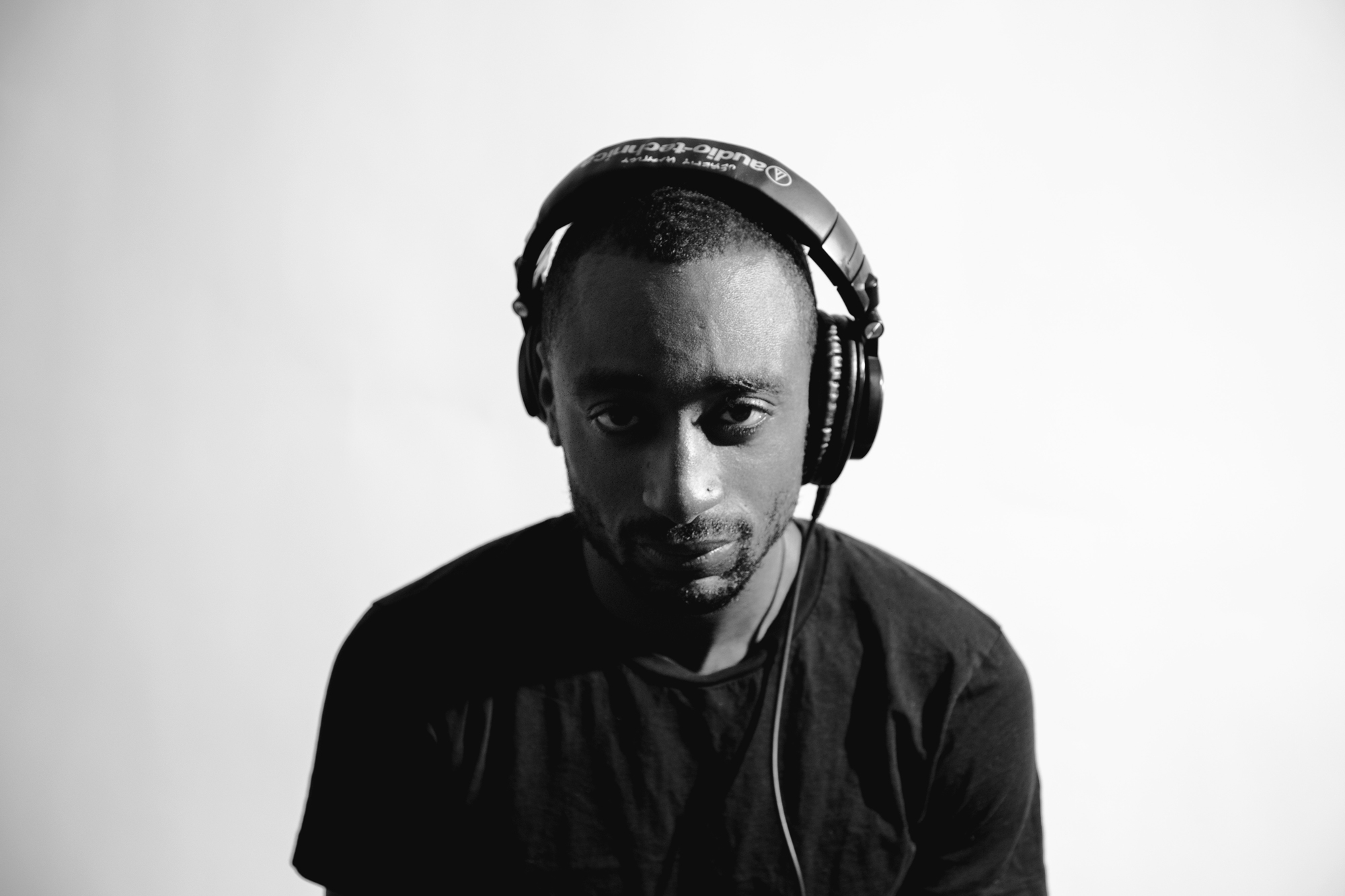
We spoke to Kamal to learn more about his film work, conceptual affinity for music, and recent collaborations with fellow SCI-Arc alum and current faculty Kordae Henry (MS Fiction and Entertainment '18).
We’re so excited to speak with you. First of all, regarding your background: you have a graduate degree in landscape architecture from Harvard GSD. What attracted you to landscape architecture specifically?
I think I've always had some kind of connection with landscape. I have a Jamaican-Guyanese background and on the islands a lot of my relatives still live off the land. The majority of my Jamaican relatives live in the countryside where people are more dependent on land than people living in Kingston, for example. So, I've always been connected to landscape; climbing trees, catching insects, planting food, cooking and eating outside. Most of our social spaces were outside. The indoors was just a practical space. When I went into architecture, it just became hard to understand it and perceive it solely in terms of indoor space. I studied landscape architecture to understand how to merge the two, which then evolved into me going full-fledged into landscape driven narratives.
It seems like an organic, intuitive transition between what's been your experience and why you've studied both landscape architecture and subsequently moved into film. What would you say were the most critical elements in your development from a graduate student in landscape architecture to your interest in filmmaking and worldbuilding?
Honestly, I was trying to find my culture, story, and background in the field as it was. And it just wasn't there. I think a lot of landscape architecture is storytelling, but because of the field's cultural origins, it's the same types of stories being told. As a result, the design tools we use tell those narratives effectively but not others. In order to tell different ones, particularly narratives involving Black culture, I needed to jump into other forms of expression. That was the core.
I eventually fell into animation. I also produce music, which is a big part of my culture as well. Once I figured out that films and animations allowed me to merge the visual skills that I learned in architecture and landscape architecture with the sonic skills I developed through music production, it was a no-brainer for me. Sound and visuals are the means that communicate well the stories that I enjoy telling.
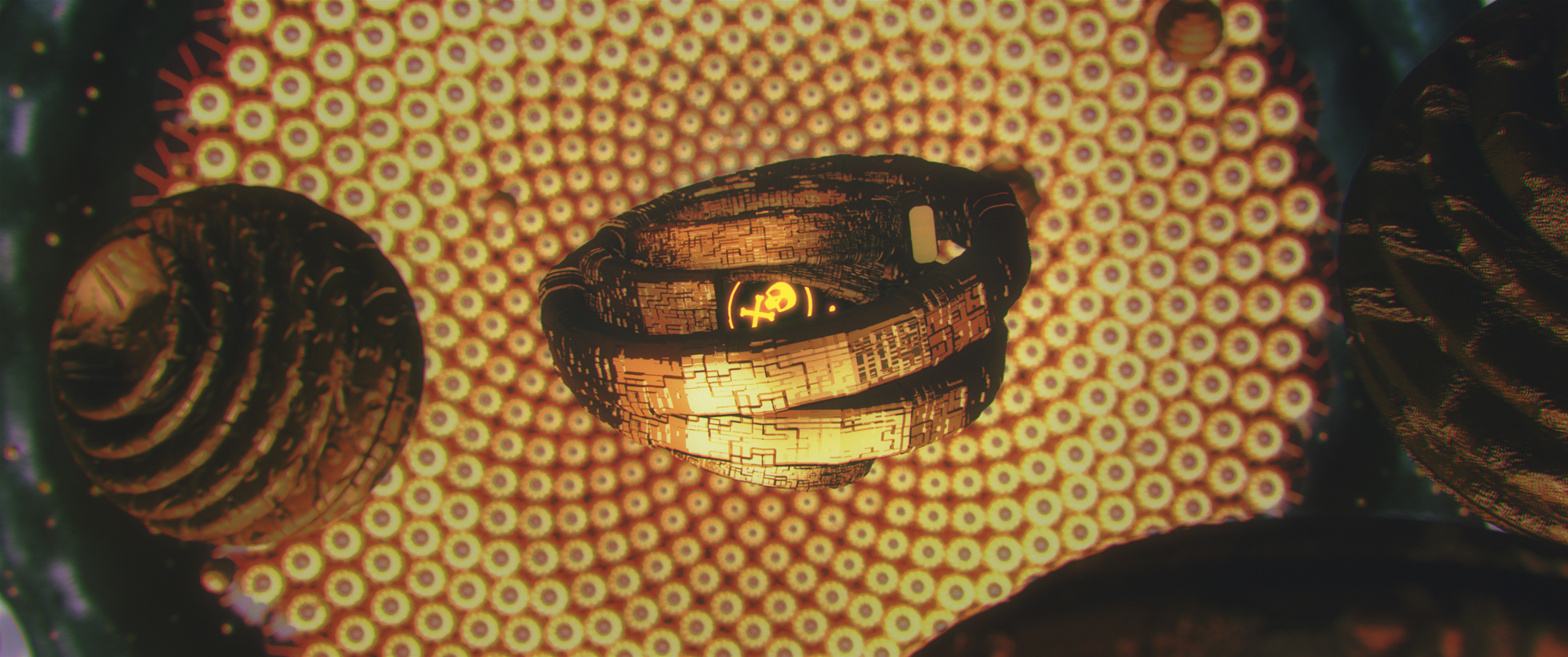
I can see in your work concrete examples of how sound and ecology are related to each other and how you use sound as a tool for communicating that connection. As a storyteller, is there a particular moment that you can remember that you realized the stories that you wanted to tell were not represented and that you needed to deviate somewhat from architecture in order to tell them?
While at the GSD I opted out of doing a thesis project because I actually wanted to just do something crazy. I didn't want to be restricted, and I thought a thesis would be too constrained, but I was completely wrong. One person did a project about Amazon fulfillment centers; another did a project about a series of fictional islands where movies are produced, and another had done one on an algorithm that dictates ecology in the future. I was super inspired because I saw that these projects were very nontraditional ways of approaching landscape architecture.
Even though I already opted out of a thesis, those projects still let me know that, actually, I could tell the story I wanted to tell. One day I was asked what that story would be and I replied, "I want to know what it would look like if 2 Chainz designed the landscape." That became the moment I realized that to tell that story, I needed a whole new set of tools, a whole new approach. And there had to be music, there had to be sound, there had to be different types of visuals beyond purely orthographic drawing—which naturally brought me into filmmaking and animation.
Your interest in how emotions are related to the use and need of space seems to connect to your experience of how landscape shaped you as a person. How do you see human psychology as fitting into how we're using all of this technology in the first place, and how we're interpreting landscapes and behavior?
One of the comparisons I like to make is with Frederick Law Olmsted, the godfather of landscape architecture and Edward Bernays, the founder of public relations/PR. Olmsted created the Emerald Necklace, this kind of large scale landscape architecture project in Massachusetts, and his approach was one of a traditional landscape architect: they had a plan, mapped it out, and used excavators and shovels to execute it. The approach is to alter material—digging, scooping, and tilling earth. It’s a categorical landscape architecture project that impacted many square-kilometers of the New England ecosystem.
Compare this with Bernays who was hired by corporations to get more women to smoke. This is during a time period where the tobacco industry was having difficulty selling to women because smoking was culturally regarded as “unladylike.” So Bernays choreographed a media stunt at a New York parade. He hired a couple of debutantes and told them, "During the fair, I want you to come right up to the front of the line, and at this moment, I want you to pull a cigarette out and light it. A photographer will come and take your picture.” The photo was then titled “Torches of Liberty” and placed in newspapers that were spread through the country. It became a big revolution in the tobacco industry where women were now perceiving and associating the idea of smoking with the idea of freedom. Through smoking they’d be liberated from the confinements of what it meant to be a woman at that time.

The vast amount of plantation activity that would open up globally as a result could be said to have affected our ecology on a vastly more impactful, influential level than the Emerald Necklace. One was a PR project, rooted in a cultural intervention, and the other was a conventional landscape project, rooted in a material intervention. By intervening on the cultural or psychological level, Edward Bernays could be said to have exacted way more change on our global ecology (be it for better or worse) than Frederick Law Olmsted did, yet Frederick Law Olmsted is the landscape architect.
What was the process by which you discovered that that was the impetus for how your work would grow? What brought you then to what ended up being Mojo: The Floods, and your other films?
I think it was a process of being honest with myself. Most of my close peers are more like 2 Chainz than, say, Barack Obama. I felt like landscape architecture was somewhat willing to engage with Black culture but only on its own terms. I was more curious about how the field engaged the culture in its unapologetic and unaltered state—not just the malleable minds of children, the formal politicians, or the elderly demographic that it typically aimed for. I wanted to engage the “contentious” demographic that landscape architecture had a harder time relating to and understanding; like Kendrick Lamar, A$AP Rocky, Gucci Mane, 21 Savage, 2 Chainz, or my friends Adrian, B Murphy, Deon, and CJ. That was the challenge to myself and the field. The best part of the process was that this didn't exist and that I didn't know what it would look like. It was exciting and I became obsessed with trying to figure it out. Mojo then naturally arose out of a process of merging my passion for my culture and my passion for landscape.
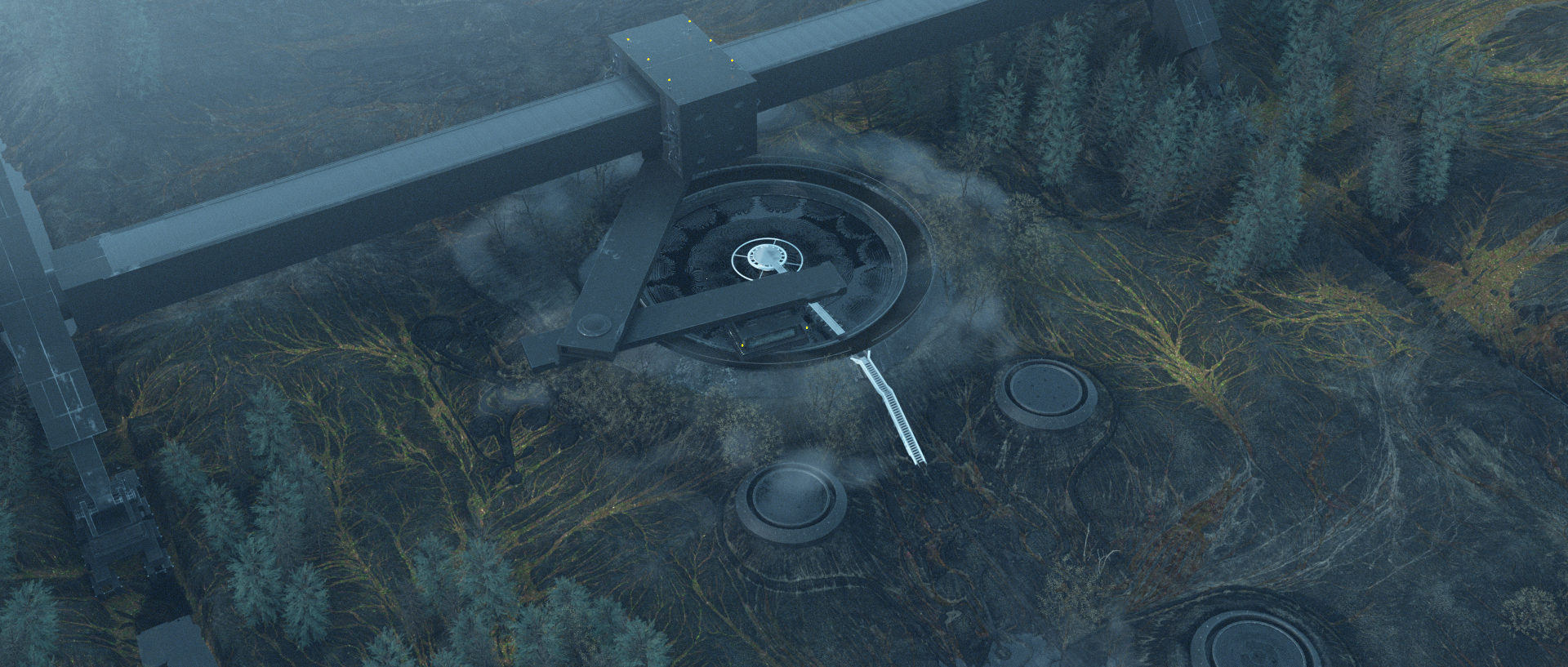
Some other themes of your work are material relationships to bodies, ecology, sound, symbolism, ritual, as well as Black culture. What led you to incorporate these with technological tools and how you decided that these would fit in well with the ideas that you're already exploring?
In the early stages of the project I would ask friends how they would design public spaces or artifacts within them if they had the resources. Take a fountain for example. They’d often describe their designs using Eurocentric images of "golden encrusted white baby deities spouting water from their mouths," or what have you. I realized that we're trapped. We're trapped in a way of seeing landscape because of value systems rather than material. The overwhelming value placed on Eurocentric descriptions of public space, mythology, aesthetics, and so on, is what propagates more of the landscapes that reflect these values. Designing landscape wasn't just material; it was cultural, it was the value systems that were shaping the landscape, and unless we rethink the value systems, we come up with the same landscape. Cultures use technology to exact their will in the material world. So it was natural then that technology became a part of a project dealing with culture and ecology.
In places like the Congo we often associate the excess mining of minerals, and the resulting altered ecologies, to images of large excavating machines and bulldozers. But to me the most accurate image to associate with Congolese mining is the lonely millennial at home obsessively scrolling social media on their iPhone as a mental distraction. It seems more like our psychological addiction to technology is what is carving the Congolese landscape. Not the John Deer. It's as if you put a split screen up with a finger scrolling an Instagram feed on one side and a shovel digging up coltan minerals on the other. Both processes are one and the same.
Would you say that you use music or sound as a proxy for this idea—in Mojo: The Floods, for example?
Not at the time. But looking back at it I guess you can say that. Like the human imagination, which is unseen yet responsible for so much physical change, sound is responsible for driving a lot of the infrastructure and ecology in the film.
Bass is a huge part of Black contemporary music and has carried it to where it is now. It has always been important and one of the sounds that we were most excited about while making Mojo. I thought, “What if water was used to turn the purely acoustic experience of an 808 into a visual one?” It was the start of a process where I was changing the value system of what a fountain is in order to rethink its design. Whereas initially it was just an expression of aristocratic wealth or European mythology, now it is an expression of the music and sound of a particular culture. So what you see in The Floods is a series of fountains that were designed by focusing on cultural values.
I am curious what your process was like making your previous films, particularly Mojo?
The process of making it was a dream come true. Mojo was a very personal exploration. I used it as a way of meeting some personal goals more so than getting caught up in the end result. One of the things I wanted to work on was a project that allowed me to use music as a central element. It was fun to collaborate with my friend, Nate Buttel, on the soundtrack and find a workflow that we can potentially use in the future for scoring films. It was a perfect marriage of skillsets, through which I could create the nuts and bolts of a score and Nate would then turn it into a finished and refined piece. It was nice handing off my end and then allowing someone else to refine and pass it through their own filter, coming out with something that I couldn't have imagined. The project allowed us to experiment with the idea of letting music dictate some of the cinematic shots whereas it's usually an afterthought in a film.
I also wanted to learn how to take ideas and execute high fidelity cinematics that reflected them. I wanted to learn how to take simple but deep concepts and turn them into entire worlds and stories. The process of designing each of these landscapes based off of designing a culture was phenomenal. It was a chance for me to implement things that I thought about and see exactly how they played out. I think that was probably one of the biggest takeaways for me. Aside from the technical skills I learned was the ability to test-drive how thinking about a culture will invariably give you a landscape. If I thought about the behaviors, the systems, the values, the norms, the traditions, the rituals—the landscape would shape itself.
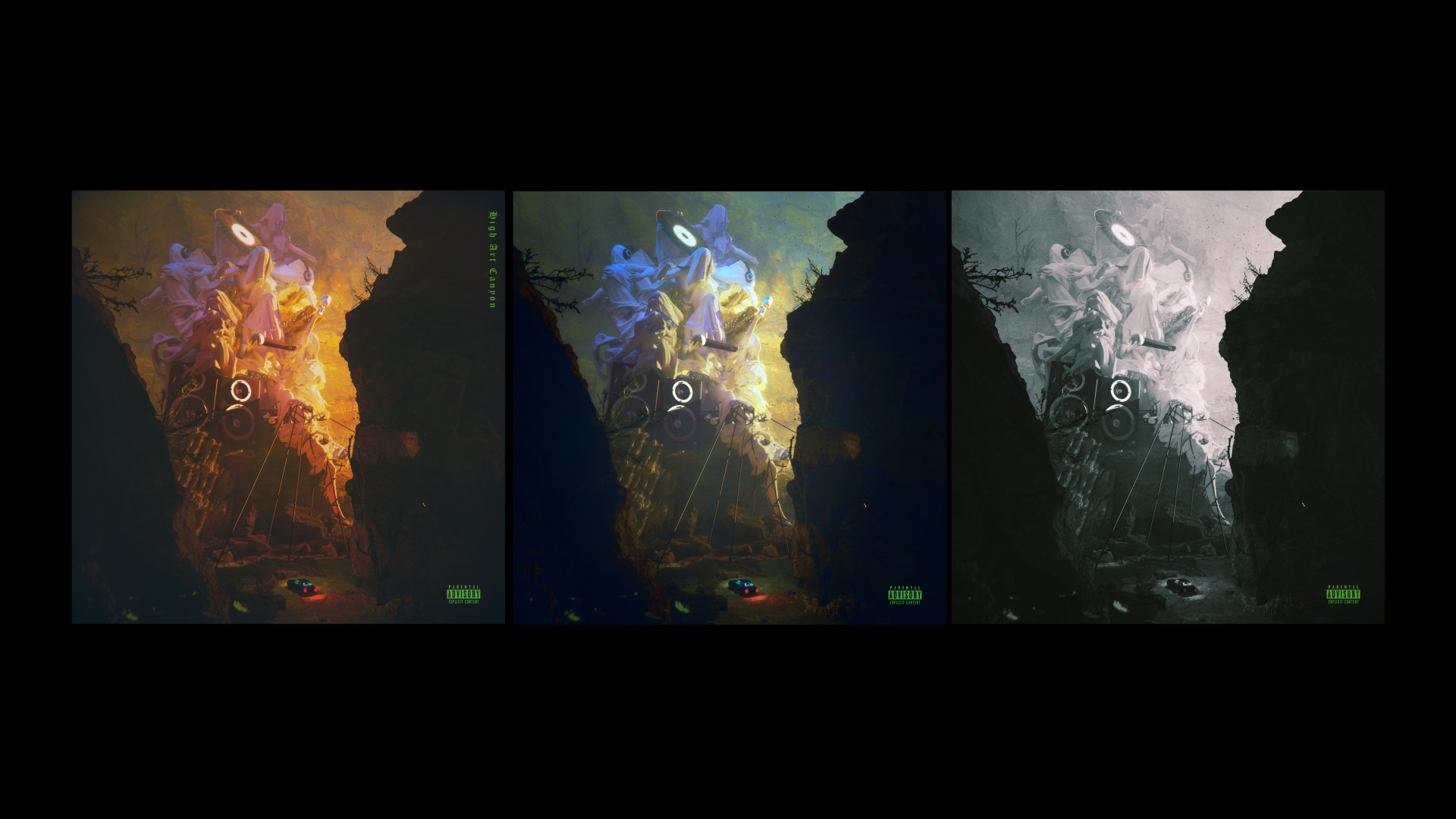
It seems like entering the Fiction and Entertainment program represented a natural progression into the work that you were interested in making from the work that you were already making. What else drew you to the program and what role did SCI-Arc play in the evolution and development of your work and your trajectory as a filmmaker?
Absolutely. A big role, actually. I worked at Imaginary Forces prior to being at SCI-Arc. So I was already working with animation and cinematics. Even though it's more of a motion graphics space, I was learning the skills that I could then translate into what would eventually be Mojo. Once I got the scholarship, I hit the green light on it and said, "Okay. Yeah, I'll definitely do it." Liam made it clear that he wanted me there, and I think that was a big driver as well; I felt like he supported what I was trying to do.
The program also challenged me to communicate some very heavy concepts to people who speak a different language. I didn't want to take ideas stemming from a very different cultural space and force them into other esoteric theories that aren't really accessible to the people that I was speaking to. I didn't want it to get lost in that. But it was a beautiful process of seeing that some theories could be translated and reshaped to communicate to a group that wouldn't normally have access to them. Doing that with people like Benjamin Bratton, in conversations about the body and technology, or having conversations with Liam, with Memo Akten, among many others, took the work to another level, and actually did change me, to be honest. It changed the way I framed things. I think it lit up a spark.
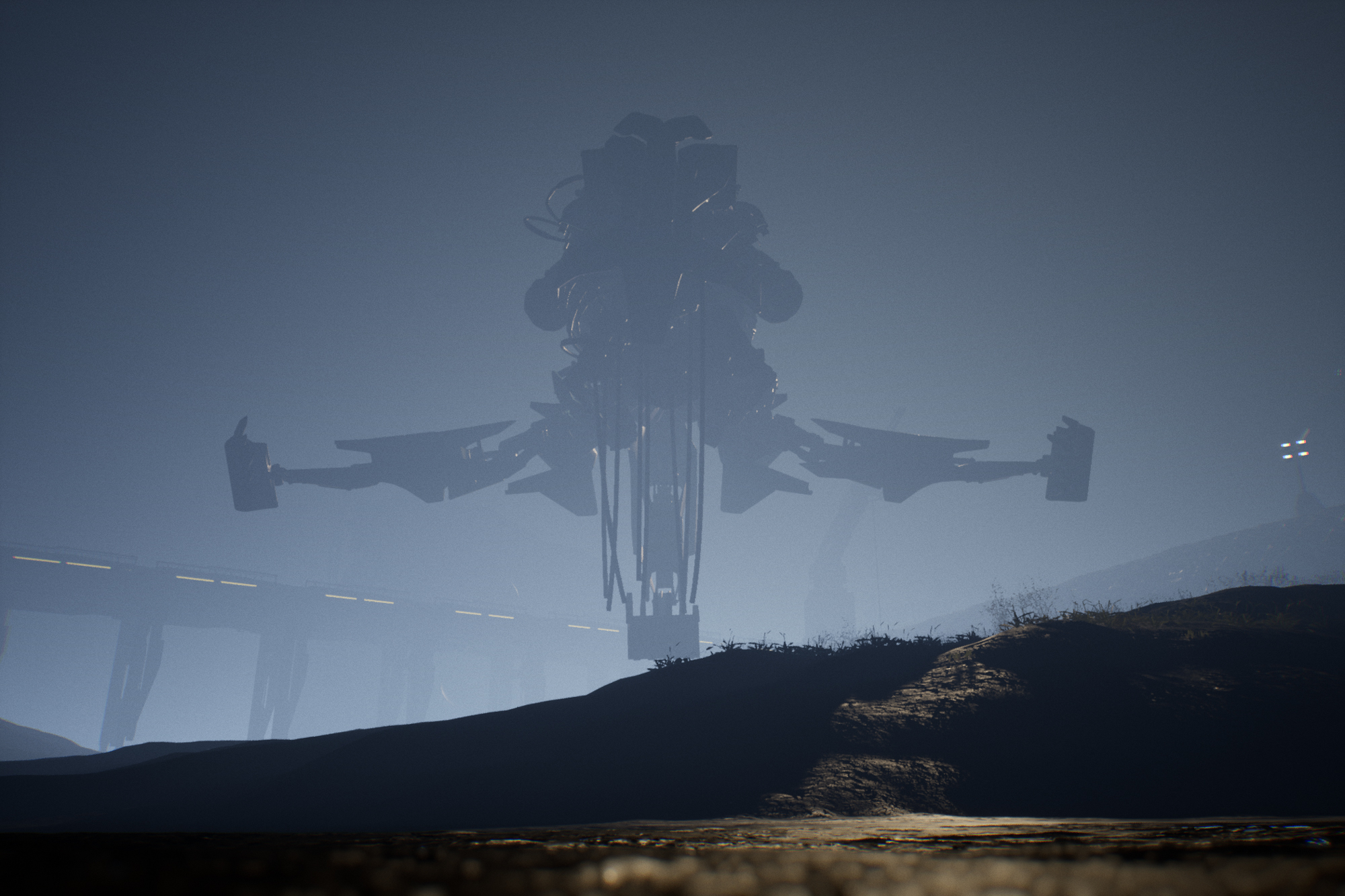
This summer you, along with fellow Fiction and Entertainment alum Kordae Henry, participated in the Sundance New Frontier Lab with a new film project, entitled Earthworks. Can you tell me about how you linked up and what your experience was like in the Lab itself?
Kordae and I actually met before moving to Los Angeles. I was at the GSD at the time and my roommate kept telling me about how we should meet because we shared a lot of similarities in terms of background, approach, and trajectory, eventually introducing us. I reconnected with Kordae later after graduating to ask him about the Fiction and Entertainment program and his experience. Because he was a year ahead he was always a person I could reach out to for tips on how to stay organized or load-manage. We’ve talked on and off about collaborating someday, and once Kordae got into the Sundance Lab he had the foresight to say, "Oh, this is that moment, so let me call Jeremy.”
The experience working with Sundance was great. I think the fellows that we were with were amazing and the projects all very thoughtful. We had several advisors, who would give lectures on their work, their practices, and what they do. Sometimes they would talk broadly about a theme together in a weekly lecture, and then we'd have a discussion individually with those advisors. Our project was like a lump of clay we would give to an advisor and watch how they would mold it. Then take that iteration to the next advisor and they’d sculpt it. We’d try to find general trends across advisors. It was a good way to identify what elements spoke to people the most and should therefore be kept or changed. We were lucky to have that experience especially during the time of Covid, because I think it took the whole program to another level. It was nice to have an early glimpse into what could potentially be the future of a lot of programs like this.
It seems like you [and Henry] balance each other out well in addition to how much you have in common. Can you talk about your collaborative process so far in making Earthworks and how that’s developed?
Working with Kordae felt like a natural and enjoyable process because we've already been doing similar work and had similar interests. He let me into the world he was building through Earth Mother, Sky Father and its sequel Earthworks and I let him into Mojo. It was a process of dissecting each of our worlds and putting the pieces on the table then seeing how they reassembled into something new. Sometimes this would transpire into hours-long discussions about the project, life, death, race, mythology, culture, technology, the body, and so on. We let ourselves dive into conversations even if we weren't sure it was going to directly land in the project, though it usually did in one way or another. Kordae was the director so it was also a matter of allowing him to shift things intuitively and then we’d reassess the new direction and potentials that came with it. As creative director I would help frame and package these deep and complex concepts that we’d later communicate through real-time animation, diagrams, stills, or pitch presentations to an audience.
I wasn't aware of dance culture as much until working with Kordae—the idea of dance as another form of telling a story about technology and the body is different from the way I told it, which was through music and sound. But they're easy to integrate. If Kordae’s method is the dancer, mine would be the DJ.
Are there any other projects that you're excited about coming up in the future?
I’m currently in Germany, but afterwards I'll be right back in LA. We should already be in the ONX [studio residency] process by then and working on the next phase of Earthworks, which will be a lot of prototyping, creating promos, procuring funding, and then seeing how others can start to help us get this moving out with a little bit of backing. Outside of that, I’m also interested in pushing Mojo further whenever I have free time. I only showed one of the landscapes from the world, but I designed two others that I'm excited to one day show.